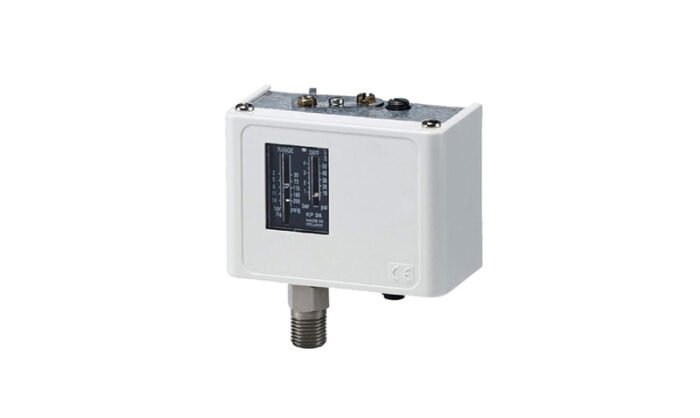Tag: #featuresofpressureswitches
Everything you need to know about pressure switches
What is a Pressure Switch?
A pressure switch is nothing but a combination of mechanical and electronic devices activated automatically whenever the pressure feed water reaches a certain threshold during the water treatment process.
A pressure switch contains a bourdon tube, diaphragm, piston, or membrane that moves according to the pressure exerted by the system. These components are connected to more contacts within the switch. With a certain force, a contact may close or open the switch by depends on its configuration. Pressure switches are used in most industries to check the pressure.
Low-Pressure:
Low-Pressure switches are mainly used to protect the pump/system from the dry run. Whenever there is a low-pressure situation that results in loss of feed water. Low inlet pressure converts the unit to produce more wastewater, less purified or product water, and it also protects the system. Generally, a pressure switch needs to place between the water/liquid pipe and pump. It turns off the pump if the water flow reduces from the main/feed supply or if the pressure is too low for the system to function properly.
High-Pressure switches:
The high-pressure switch is introduced to cut the pump off when the pressure reaches high. It controls high pressure when system gets trip.
Benefits of Low and High-Pressure Switches:
- High-pressure and Low-pressure switches aim to protect the RO Raw water / Booster Pump, RO membrane, High-Pressure Pump, and other system components from low or high or pressure damage.
- These Pressure Switches can automatically operate in a specified adjustment of low-pressure or high pressure.
Features of low pressure and high pressure switch from the Sahara industry:
The following are the features of low pressure and high pressure switches from the Sahara industry:
Easy to install.
Easy to maintain
Affordable
Perfect repeatability
Made up of Corrosion free wet parts.
Designed by developed engineering thermoplastic.
Constant hysteresis.
Conclusion:
I hope this article is very useful to all, especially those who want to know clearly about low pressure and high pressures in water treatment.


